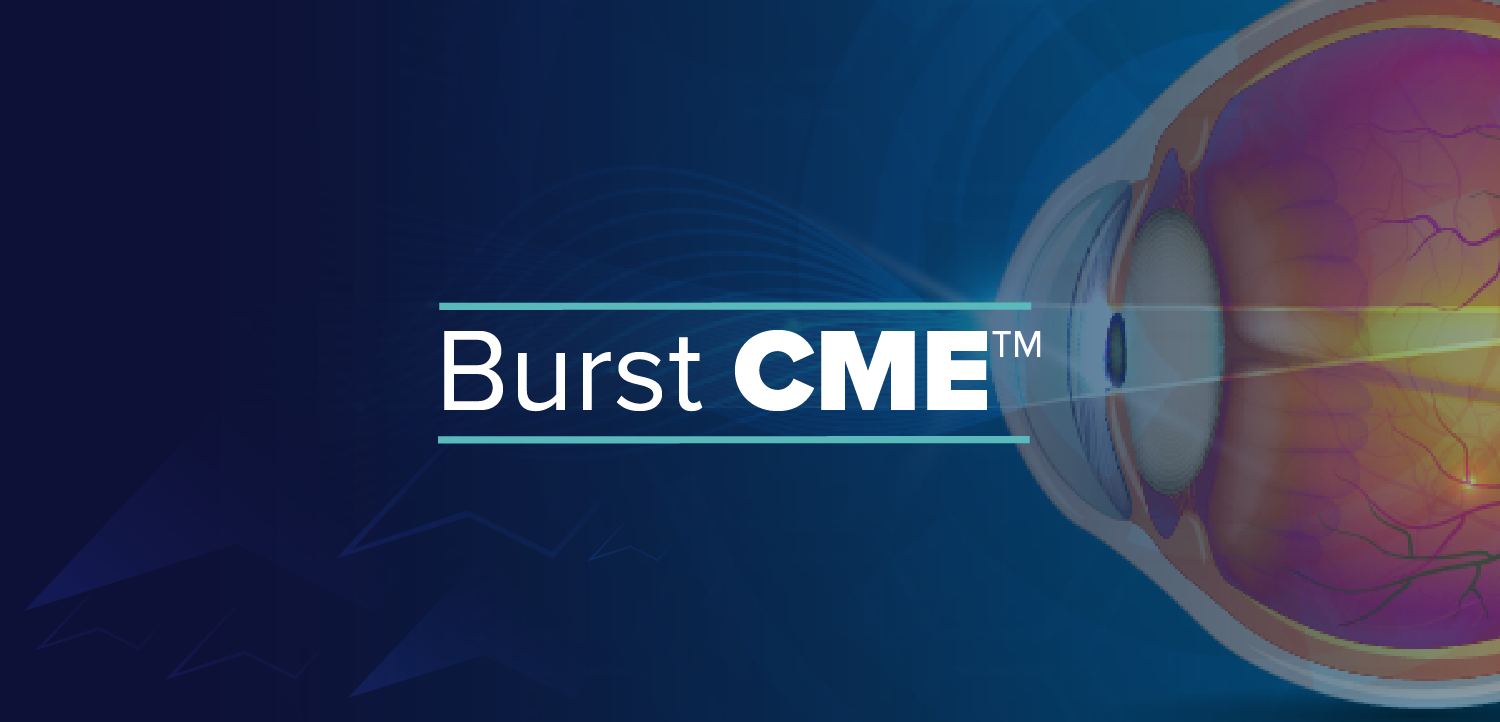Dual-optic accommodating IOL provides stable vision at all distances, researcher reports
A dual-optic accommodating IOL (Synchrony, Visiogen) can provide good visual acuity and spectacle independence at all distances without inducing halos or glare, and results remain stable over time, according to results of a prospective, non-comparative case series presented by Ricardo Alarcon, MD, of Bogota, Columbia.
A dual-optic accommodating IOL (Synchrony, Visiogen) can provide good visual acuity andspectacle independence at all distances without inducing halos or glare, and results remainstable over time, according to results of a prospective, non-comparative case series presentedby Ricardo Alarcon, MD, of Bogota, Columbia.
Dr. Alarcon presented data on patients in which the dual-optic IOL was implanted binocularlybetween 2004 and the present; 42 patients (84 eyes) were seen at 6 months, 39 were seen at 1year, and 21 were seen at 2 years.
Patients' mean age was 61 years, and all were Hispanic. Patient satisfaction, spectacleindependence, functional vision (reading speed), and quality of vision as assessed via patientsurvey, were recorded at the last visit.
The researchers used ETDRS charts to measure uncorrected visual acuity (UCVA) anddistance-corrected visual acuity for far, intermediate, and near distances at 6 months, 1 year,and 2 years. At 1 year, mean UVCA for distance was 0.02 logMAR, for intermediate was -0.10logMAR, and for near was 0.10 logMAR.
After 2 years, mean UCVA remains stable, Dr. Alarcon reported, at 0.03 logMAR for distance,-0.10 logMAR for intermediate, and 0.06 logMAR for near. Distance-corrected near visual acuityremains stable over time, also, he said; functionality of the lens does not change.
After 2 years, more than 90% of patients reported that they can read at a 0.3 logMAR (20/40Snellen) level, Dr. Alarcon said. Regarding near-vision activities, 95% of patients said thatthey could read menus and newspapers without glasses, and about 74% said that they could readfine print such as labels on bottles of eye drops, he added.
Newsletter
Don’t miss out—get Ophthalmology Times updates on the latest clinical advancements and expert interviews, straight to your inbox.















































.png)


